Posts
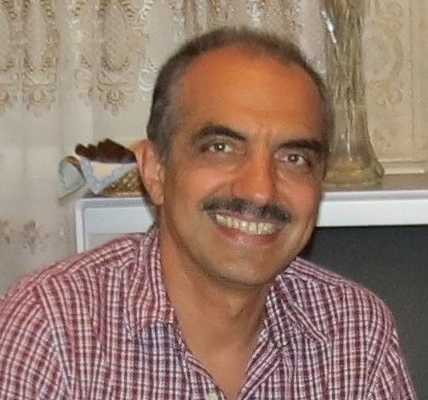
A Scholar’s Journey to Change the World for the Better
Dr. Victor Agadjanian, UCLA professor with a joint appointment…
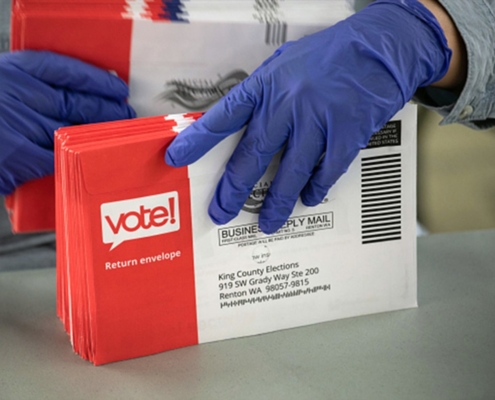
Leading Voting Rights Experts Discuss Universal Vote-By-Mail Amidst COVID-19
By Eliza Moreno, Communications Manager, Latino Policy &…
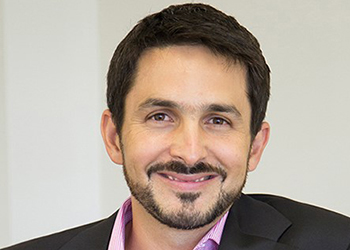
Q&A with UCLA California Policy Lab Director Dr. von Wachter on the CARES Act
As an economist and director of the California Policy Lab, Till…
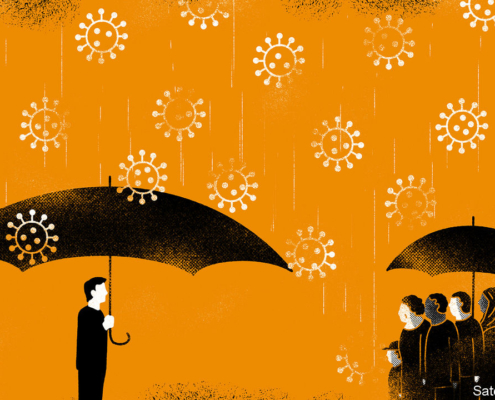
Open Letter on Inequities and the COVID-19 Response
Professors Chandra L. Ford (UCLA), Bita Amani (Charles Drew…
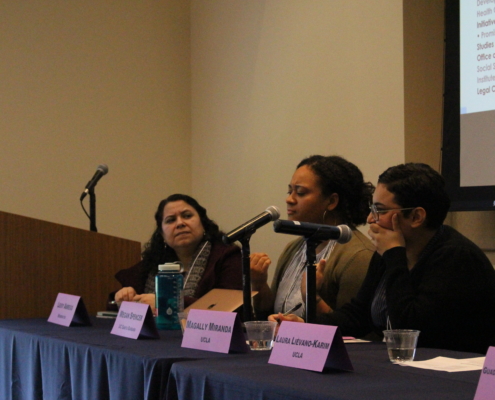
Approaching Justice in Gender Equity Spaces
By Bryanna Ruiz and Amado Castillo, Latino Policy & Politics…
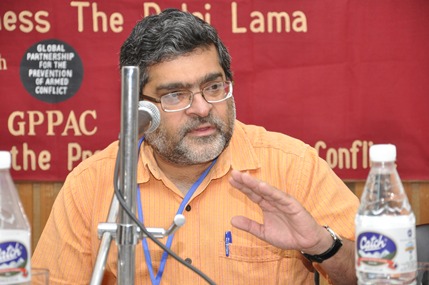
The Singular and Sinister Exceptionality of the Coronavirus (COVID-19)
Professor Vinay Lal, UCLA Professor of History and Asian American…

UCLA Researchers Use Big Data Expertise to Create a News Media Resource on the COVID-19 Crisis
In the Department of Communication at UCLA, the Co-Mind Lab has…

A Global Lifeboat: Evolution and Kindness in the Time of Coronavirus (Audio)
Dr. Daniel Fessler, Anthropologist and Director of the UCLA…
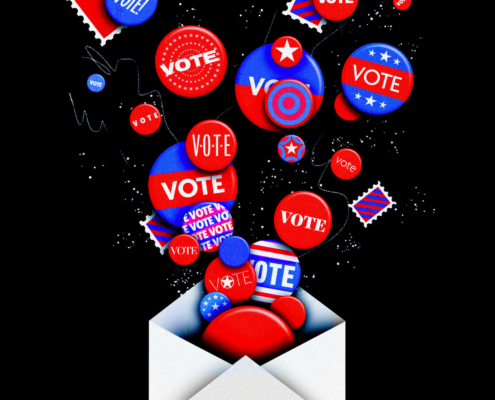
UCLA Voting Rights Project Releases Recommendations for Implementing Vote-by-Mail Program
The UCLA Voting Rights project released a white paper this…
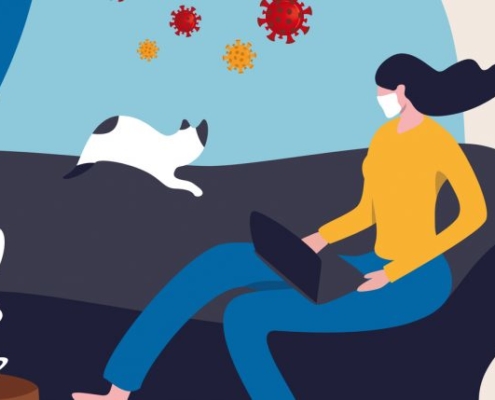
UCLA Sociology Professors Advocate for “Physical” Rather Than “Social” Distancing
March 21, 2020 In an opinion piece that was published…

